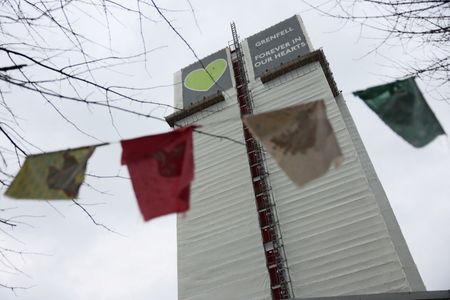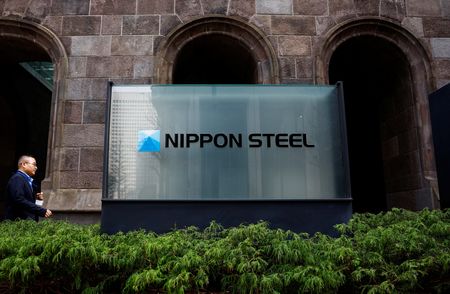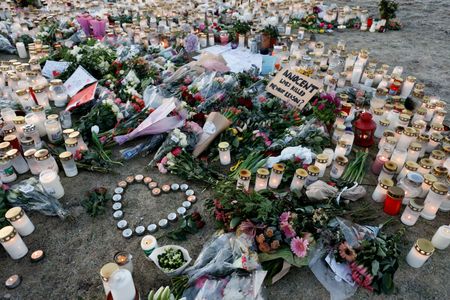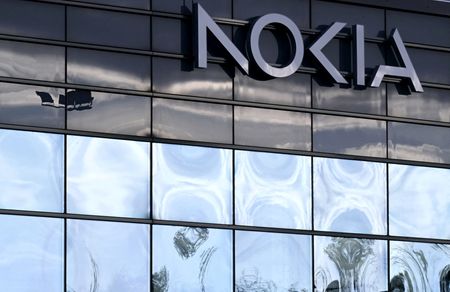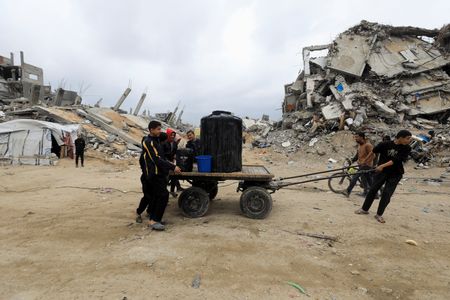By Catarina Demony and Hannah Ellison
LONDON (Reuters) – Hamid Ali Jafari says he feels his father’s presence every time he walks or drives past London’s Grenfell Tower, where the 82-year-old died in a devastating blaze more than seven years ago.
The fire ripped through the 23-storey social housing block early on June 14, 2017, killing 72 people – Britain’s deadliest blaze in a residential building since World War Two.
“My dad has two cemeteries – one where we buried him and one is Grenfell Tower,” Jafari, 42, told Reuters as he stood in a community space not far from the building, currently covered in protective wrap.
“When we come to the tower I feel… at peace. And when the wind blows around the tower, I can feel my dad,” Jafari said.
The British government confirmed on Friday the tower would be demolished. It had informed survivors and bereaved families of its decision on Wednesday.
The demolition will not start before the eighth anniversary of the tragedy in June, the government said, adding that a detailed plan would be developed and that the whole process was likely to take around two years.
Jafari said the government’s decision was painful, and that they could have kept some of the tower’s floors to be part of a future memorial at the site: “If you don’t see… the tower, the memory will be erased.”
Engineers advising the government said the tower’s structure would worsen over time, and that it was not practical to retain many of the floors as part of a memorial as it must last in perpetuity.
LETTING GO
“It’s a bit like grieving, it’s like letting go of something,” said Kimia Zabihyan, from the Grenfell Next of Kin group, which represents relatives of nearly half of those who died.
Zabihyan said that, although the demolition would be emotional, the engineering reports were key to understanding why the government took the decision.
Grenfell United, which also represents those affected by the fire, said the voices of survivors and bereaved families were not heard or considered by the government. The government said they were offered the opportunity to meet in person or online.
A public inquiry into the fire, which published its final report last year, blamed the disaster on failings by the government, construction industry and the firms involved in fitting the exterior with flammable cladding.
Several survivors and families have said the inquiry has delayed any criminal proceedings, and some feel the tower should remain until those responsible are held accountable.
“There needs to be a lot of thought about what happens next,” said David O’Connell, resident on the Lancaster West estate of which the tower is part.
A final design for the memorial is expected by spring 2026, and construction could begin that year.
O’Connell said it would be impactful if the memorial included a structure to depict the height of the tower “to make sure it is never forgotten”.
(Reporting by Catarina Demony, Hannah Ellison and Gerhard Mey; Editing by Alex Richardson)

